Editor’s Miscellany: Go With the Flow
September 29, 2011
By Kyle Hoepner
Last week one of New England’s renowned figures in residential architecture, Jeremiah Eck, gave a talk for the Boston Society of Architects on sustainability concerns and the proper siting of houses. Much of the material for his talk related to a book he published at the end of 2010 with the Princeton Architectural Press, House in the Landscape: Siting Your Home Naturally. I had meant to write something about the book when it first came out but somehow let the opportunity slip by; now I have a second chance.
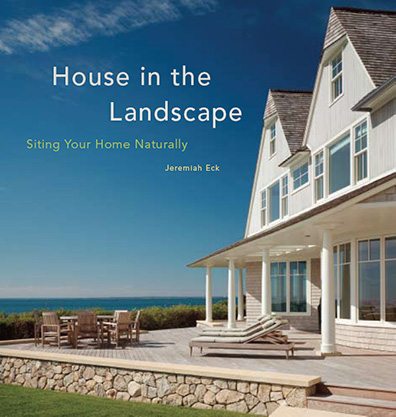
Two major themes underlay Eck’s presentation. 1. “Green†is often a matter of recovering traditional architectural knowledge that has been lost or ignored during our past decades of energy plenty. 2. Beauty always counts.
Plunking a one-plan-fits-all massive box on some random hilltop in Maine, southern California, or Georgia, each with its huge, pasted-on Palladian window and “customized†application of “weathered Down East shingles,†“gracious Southern verandah†or “quaint Mexican stucco†as applicable, does not translate into either beauty or sustainability. Pretty much the opposite.
According to Eck, “More than half of all the single-family homes in the United States were built in the last three decades of the twentieth century, and it is estimated that half again the current total number of houses–about eighty million–will need to be built in the next three decades of the twenty-first century†What kind of impact will these houses have on our environment, aesthetically and ecologically, if present practices continue?
Before the advent of modern heating and air conditioning systems, architecture had to do much of the heavy lifting in terms of keeping houses comfortable. You couldn’t just stick a glass cube in the middle of the desert and expect to survive in it. Local building traditions around the world developed over centuries, tailored to local climate and terrain.
The interaction of beauty, sustainability and site-appropriateness can be complex, of course. Some aspects to be considered: preserving existing trees and other indigenous vegetation; working with existing topography; designing for the microclimate of the individual site (seasonal precipitation and temperature changes, prevailing winds; the path of the sun, etc.); minimizing exposure in harsh climates; echoing elements of the terrain such as slopes of hills or the character of surrounding rocks and trees. Of particular concern is the connection of house and earth, whether it sits lightly on the landscape or grows organically from it.
In the hands of committed designers these considerations can play out in myriad ways. Here are a few examples, drawn from Eck’s talk and the book.
A coastal summer house in Jamestown, Rhode Island, by Estes/Twombly Architects. Dividing the mass of the building into several smaller pavilions helps separate public and private functions while allowing flexible access and not walling off the spectacular coastal view.
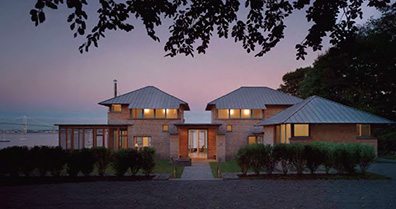
Photo by Warren Jagger
A house in Phoenix, Arizona, by Will Bruder + Partners uses materials that evoke local geology and controls exposure to the desert climate by sitting largely below ground level.
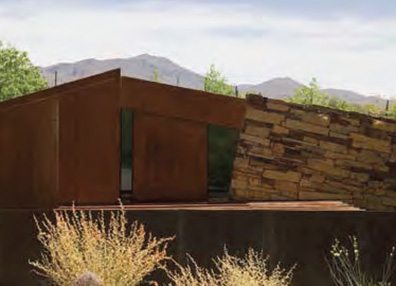
Photos by Bill Timmerman
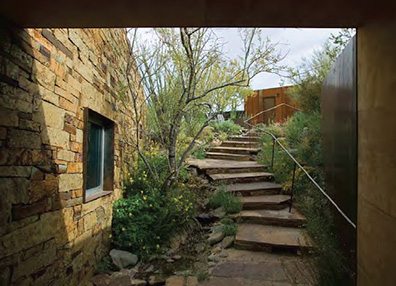
Designed for an inland South Carolina site by Eck MacNeely Architects, this house takes full advantage of the largely pleasant local climate with expansive and airy, but shaded, indoor-outdoor rooms.
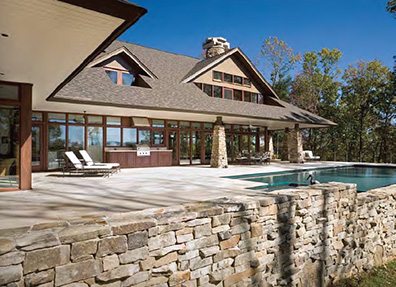
Photos by Tim Buchman
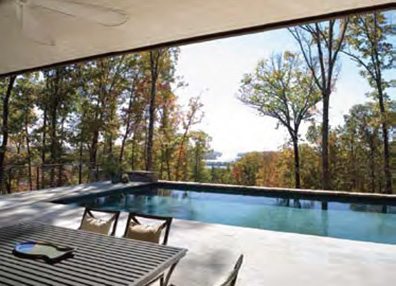
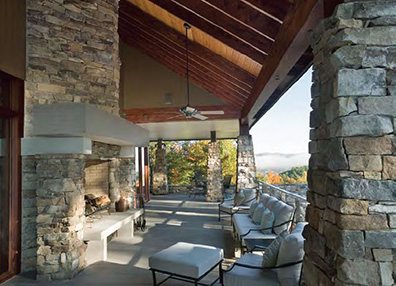
A tent-like guest house in Niulii, Hawaii, by Cutler Anderson Architects. A simple U-shaped plan with its back turned to the unceasing trade winds makes for protected, year-round outdoor living space and sits gently on its hilltop.
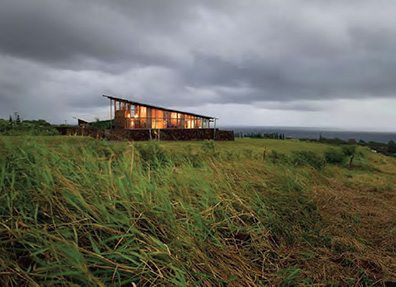
Photos by Art Grice
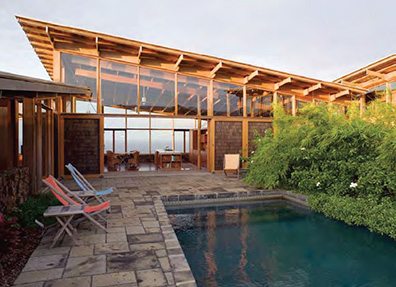
Site sensitivity is just as important when it comes to infill building in crowded cities. Protecting the historic character of this Georgetown street didn’t preclude the clever rooftop placement of pleasant new apartments by McInturff Architects. After all, intelligently reusing existing buildings is one of the greenest things we can do.
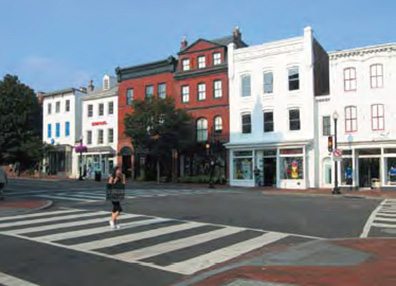
Photos by Julie Heine
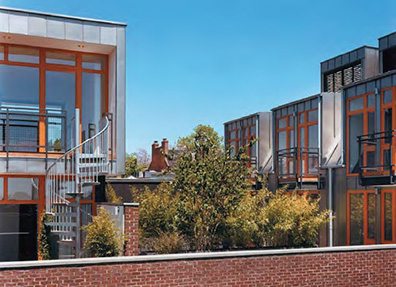
A small house in concrete and Cor-Ten steel by Mack Scogin Merrill Elam Architects feels utterly at home on its rustic Georgia site, nestled into the side of a ridge and rhyming with the insistent, irregular verticalities of the surrounding woods.
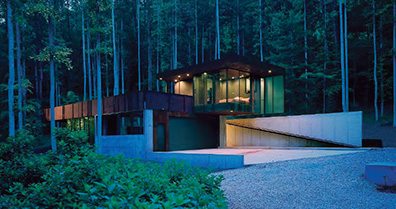
Photos by Timothy Hursley
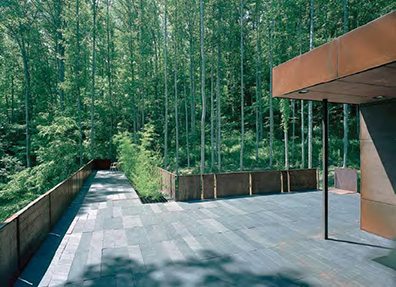
A brief listing such as this barely scratches the surface of the siting issues explored by Eck and the elegant, inventive solutions found by architects around the U.S. If you are interested in how our human lives and structures can work with the planet, not against it, you will find much to ponder in this book. And if any of your friends are real-estate developers…please consider a gift copy.
Share
![NEH-Logo_Black[1] NEH-Logo_Black[1]](https://b2915716.smushcdn.com/2915716/wp-content/uploads/2022/08/NEH-Logo_Black1-300x162.jpg?lossy=1&strip=1&webp=1)







You must be logged in to post a comment.